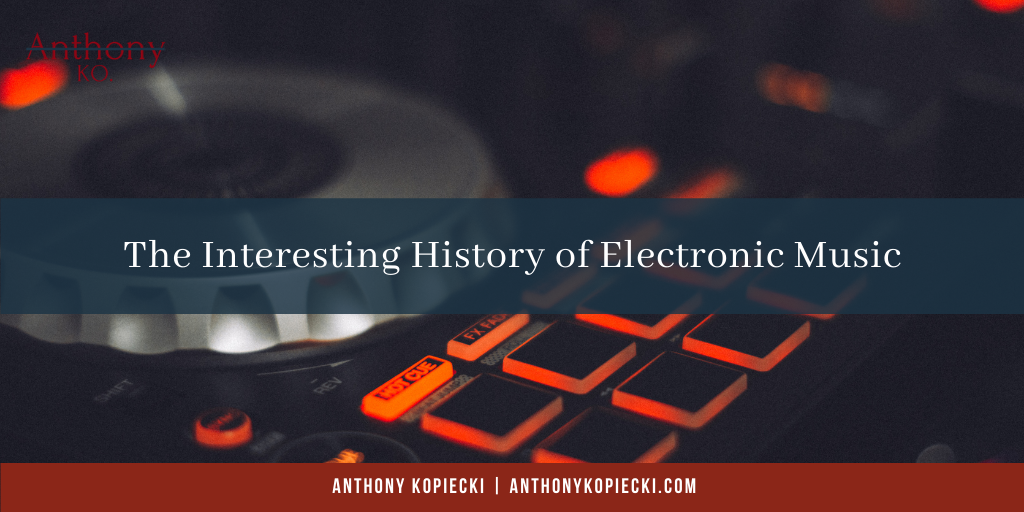In many ways, the history of electronic music parallels the rise of both modernist art and technology within the 20th Century. Throughout that heady period of human history, a truly stunning array of forward-thinking artists and engineers attempted to revolutionize music from the ground up by engaging with unprecedented technological advances in sound engineering.
An Artistic Revolution Begins
Indeed, the first experiments in electronic music were often undertaken with a view towards making a deliberate artistic commentary on technological breakthroughs in the modern era. In particular, the so-called Futurist art movement was keen to capitalize on the many technical and artistic possibilities of electronic music. Artists such as Luigi Russolo are still admired today for their unprecedented experiments in electronic art music.
The First Major Electronic Instrument
While artists such as Russolo had been conducting electronic sound experiments for close to a decade during the 1910s, however, perhaps the first major advance in electronic music from an instrumental point of view came from the invention of the “Theremin” by Soviet scientist Leo Theremin in the early-1920s.
The Theremin remains a collectors’ item to this day; over the past century, musicians have used the distinctive sound of the instrument to soundtrack everything from sci-fi motion pictures to Top 40 hits.
Electronic Music and the Academy
By the mid-20th Century, a serious consideration of the possibilities of electronic music was beginning to take hold within academic musical circles. At the BBC, for example, “establishment” musicians such as Delia Derbyshire were experimenting with the sonic possibilities of tape looping and electronic synthesis. Most notably, perhaps, Derbyshire composed the distinctive theme song to the popular show “Doctor Who” using tape machines and synthesizers; her work has recently been rediscovered and reappraised by a new generation of electronic musicians.
Reinventing Classical Composition
During this same period, major 20th Century classical music composers were also thrilled by the possibilities of electronic music. Defying hundreds of years of classical music tradition, composers like Edgard Varèse and Karlheinz Stockhausen composed almost exclusively in electronic mediums. Both composers would have an enormous impact on the history of the 20th Century and 21st Century music.
Electronic Music Goes Pop
In the 1960s, many leading pop musicians incorporated electronic music into their compositions. The Beach Boys scored one of their biggest hits by employing the Theremin on their song “Good Vibrations”; not to be outdone, The Beatles employed a Moog synthesizer to great effect on their landmark album “Abbey Road.”
The Golden Age of Electronic Music
Unquestionably, however, landmark musical works composed during the 1970s came to define electronic music as it is understood today. During this period, artists such as Giorgio Moroder and groups such as Kraftwerk completely revolutionized electronic-based music. Moroder’s huge hits with artists such as Donna Summer kickstarted the “house” electronic music movement; Kraftwerk was a key influence on everyone from Aphex Twin to Skrillex.
In our day, there can be little question that the work of a few key pioneers has completely shaped our concept of music. Simply put, the work of artists ranging from Lady Gaga to Squarepusher simply would not exist without the artistic advances developed by individuals such as Luigi Russolo, Leo Theremin, and Giorgio Moroder. The work of these innovators has changed both the world and music as we now know it.
